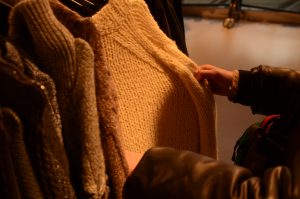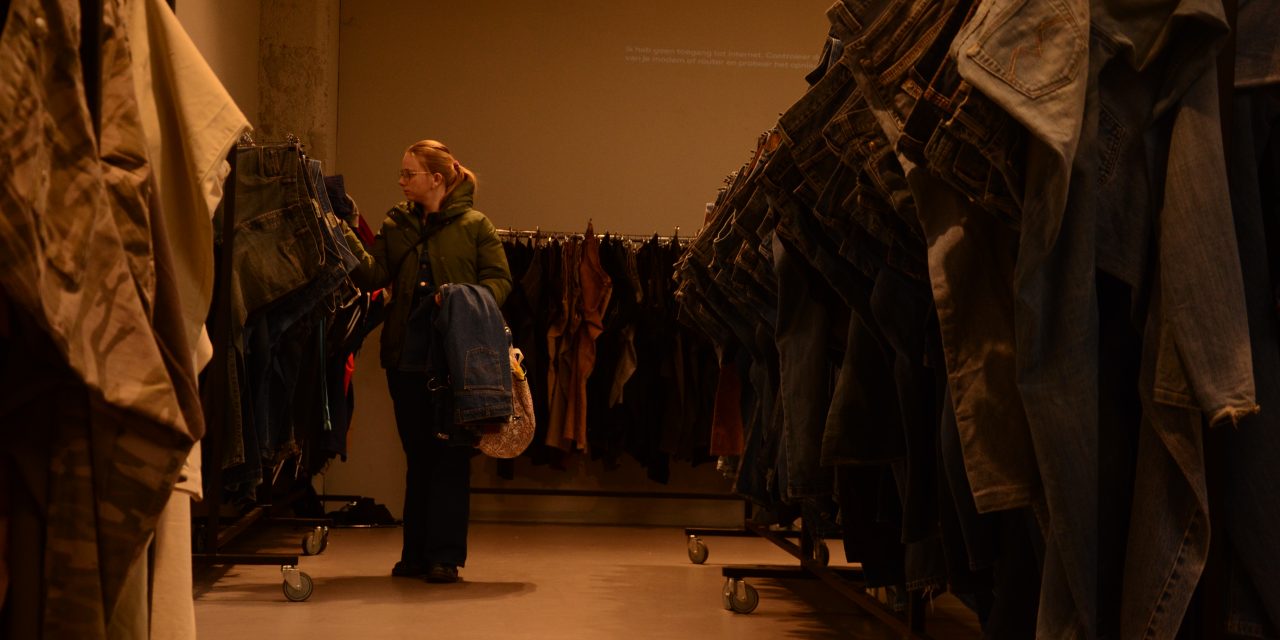In an era where fast fashion dominates global markets, its environmental and ethical consequences have become hard to ignore. The fashion industry is responsible for approximately 10% of global carbon emissions and 20% of water waste. As this issue continues to grow in our society, many people are saying no to fast fashion and instead turning towards second-hand shopping as a more sustainable alternative. But the real question is: is it truly the solution to sustainability problems?
While sustainability plays a huge role in the rise of second-hand fashion, people also thrift for other reasons, from affordability to finding unique pieces. In the Netherlands, second-hand shopping has transitioned from being seen as a “poor” activity to a trendy and socially accepted practice.
Eva Hendriks (21), a Dutch student in Nutrition and Health, describes thrift shopping as both a lifestyle choice and a necessity. “Most of the clothes I find in the price category I can afford (fast fashion) are bad quality. Thrifting is a good solution because of its good quality and price. I like that the pieces feel more unique than the ones you would find in fast fashion stores,” she says. More importantly, she does not support “the type of labor and the consequences for the environment that go hand in hand with fast fashion.”
While people think that second-hand culture is emerging in the Netherlands, statistics say otherwise. As of 2022, there were 3,875 second-hand stores in the country, whereas in 2007, there were 5,330 (Statista, 2023).

Young generations across Europe believe that second-hand shopping is very sustainable and eco-friendly—34.8% of them, to be exact (Statista, 2024). However, Gen Z in smaller European countries shop at second-hand stores for other reasons. For instance, Due to Georgia’s unstable economy Dachi Vacheishvili a 21 year old student from Tbilisi, shops at second-hand stores primarily because of it being cheap. “Buying new clothes is just too expensive for many people. At the same time, a lot of people like me go to second-hand stores to find a unique style that you don’t get in big stores,” he explains. While sustainability is rarely a motivation in Georgia, the stigma around second-hand shopping is decreasing, especially among younger generations influenced by social media trends. “Before, thrifting was associated with poverty. Now, thanks to TikTokers, it’s seen as cool.”
Despite its eco-friendly reputation, second-hand shopping is not actually a perfect solution for sustainabilty concerns. When donating clothes to charities, we send them through a long supply chain, starting from big European countries all the way to places like Ghana. There, 40% of the clothes arriving instantly become unwearable. The clothing is often so low-quality that it cannot be resold or worn, leading to massive landfill buildup. In landfills, clothing absorbs water and dirt, creating rock-hard blocks, which make waste management even more difficult.

Yes, thrifting reduces demand for new clothing, but it is still not enough to fight overconsumption concerns. A mindset shift is needed worldwide. While thrift shopping is driven by sustainability, ethics, and quality in the Netherlands, it is primarily used for affordability and “coolness” in Georgia. To make a real impact, consumers everywhere must embrace truly sustainable habits. Only then can second-hand fashion become a genuine solution rather than just another form of overconsumption.




